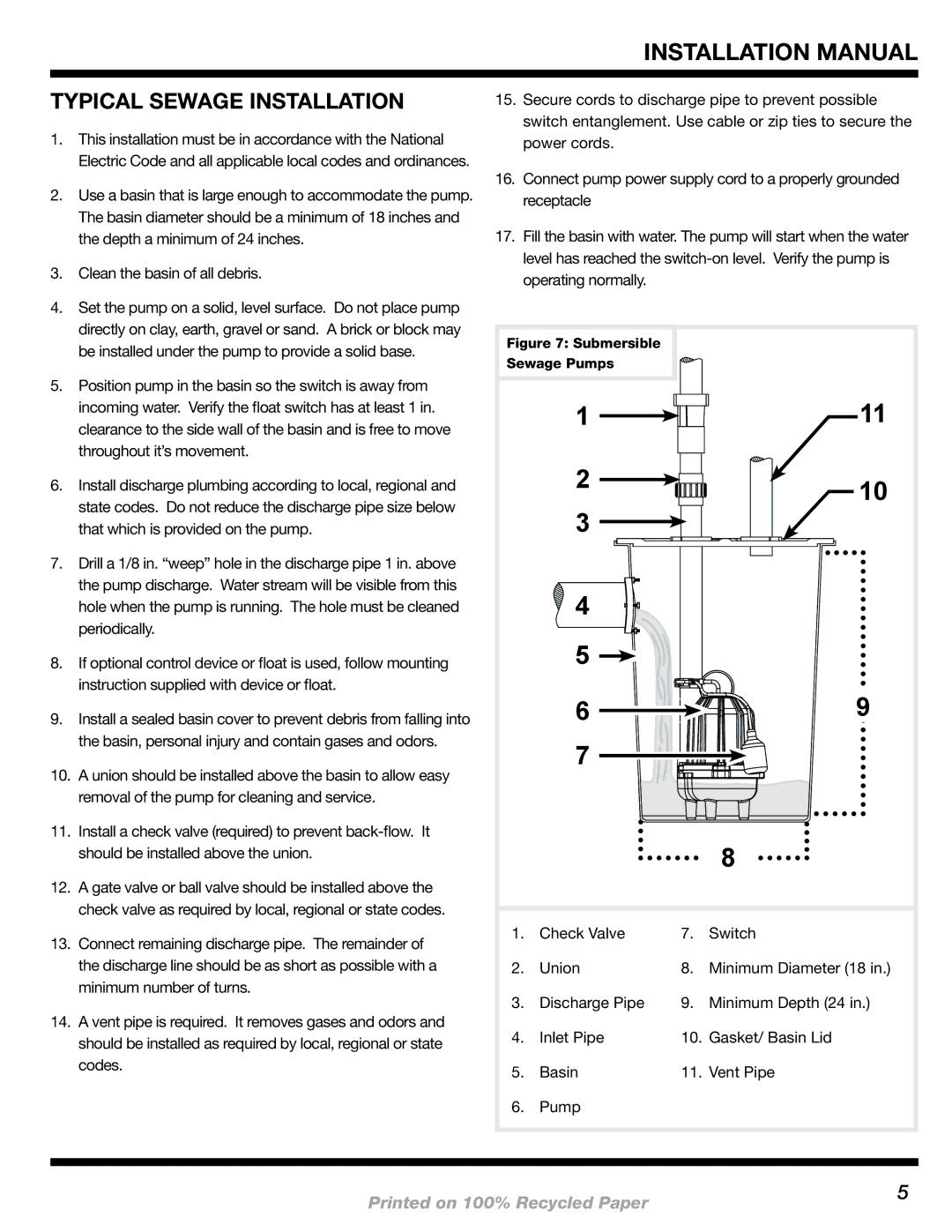200000-015 specifications
Wayne 200000-015 is a cutting-edge technological advancement in the world of automated systems, specifically designed for enhancing operational efficiency in various industrial sectors. This system stands out due to its advanced capabilities and features that streamline processes while ensuring maximum productivity.One of the main features of Wayne 200000-015 is its robust processing power. Equipped with a state-of-the-art processor, it can handle complex algorithms and data analysis in real-time, making it ideal for sectors that require immediate decision-making. This speed ensures that users receive timely updates and insights, which can be crucial for maintaining a competitive edge.
A significant technological characteristic of the Wayne 200000-015 is its integration capability. The system is designed to seamlessly integrate with existing platforms, allowing for easy adoption without significant overhauls of current infrastructure. Its compatibility with various software applications ensures that users can utilize the technology in conjunction with their preferred tools, enhancing usability.
Another innovative aspect of the Wayne 200000-015 is its AI-driven analytics. Utilizing machine learning algorithms, the system continuously learns from operation data, providing predictive insights that help businesses forecast trends, optimize processes, and reduce downtime. This feature is particularly beneficial for maintenance scheduling, as it can anticipate potential failures before they occur, thus minimizing disruption to operations.
Security is a top priority with the Wayne 200000-015. It is equipped with advanced security protocols that ensure data integrity and protection against potential cyber threats. An encryption mechanism guards sensitive information while user access controls enable organizations to customize user permissions, ensuring that only authorized personnel have access to critical system functions and data.
Finally, the design of Wayne 200000-015 prioritizes user experience. Its intuitive interface allows users of varying technical skill levels to operate and navigate the system effortlessly. This consideration for user experience drives adoption rates as it reduces the learning curve associated with new technologies, ultimately leading to greater operational efficiency.
In conclusion, the Wayne 200000-015 is an exemplary embodiment of modern technology, combining powerful processing, seamless integration, AI-driven capabilities, robust security, and user-friendly design. Its features position it as an indispensable asset for businesses aiming to enhance their operational efficiency and stay ahead in a competitive landscape.

